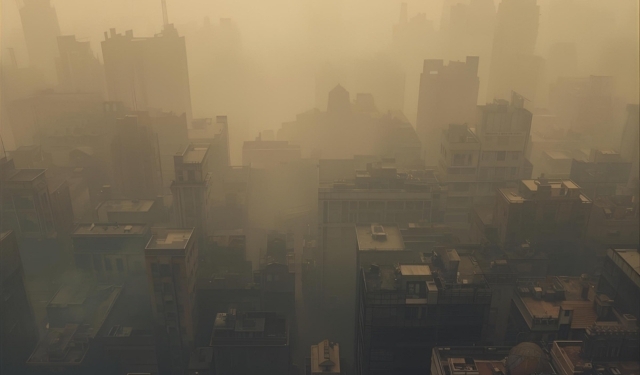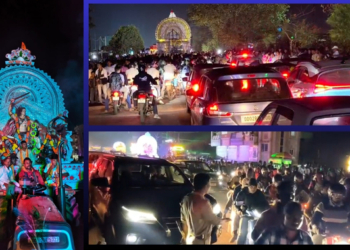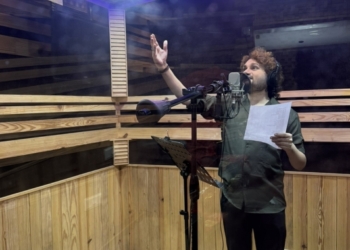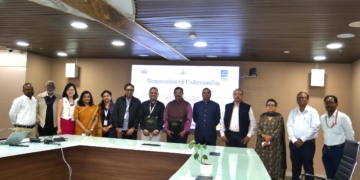Air pollution levels in the Twin Cities of Cuttack and Bhubaneswar are rising at an alarming rate, with experts warning that by 2030, the region could become uninhabitable without immediate action.
According to the State Pollution Control Board, failure to address the issue now could lead to a scenario where the cities become ghost towns, unfit for human residence. This stark revelation emerged during a seminar on “Air Pollution and Climate Change: Interconnections, Impacts, and Integrated Solutions,” jointly organised by the State Pollution Control Board and the Indian Chamber of Commerce, Odisha.
The primary culprits behind this environmental degradation include unchecked industrial activities and rapid population growth. Land prices in the Twin Cities are skyrocketing, fueling a frenzy of real estate development that is expanding urban boundaries at the expense of green forests. As a result, forest cover is shrinking rapidly, exacerbating air quality issues. If this trend persists, the situation is projected to deteriorate to critical levels by 2030.
Drawing from reports by the National Council of Applied Economic Research and NISER, the seminar highlighted how the population has surged dramatically since 1951. This boom has led to a sharp increase in vehicles, whose emissions are significantly boosting pollution levels. Consequently, temperatures are expected to rise by up to 2 degrees Celsius, potentially triggering more frequent heatwaves. Ongoing road construction and building projects are further aggravating the problem, pushing air pollution to peak levels and severely compromising air quality.
Health concerns are mounting, with predictions of a rise in respiratory illnesses in the coming years. In Cuttack, the situation is equally dire, where flowing rivers are becoming increasingly polluted. Urbanisation, factory operations, roadworks, and high-rise constructions are collectively driving the air quality downward, day by day.
Experts at the event emphasised the urgent need for awareness and integrated solutions to combat this interconnected threat of air pollution and climate change, urging stakeholders to act before it’s too late.





























